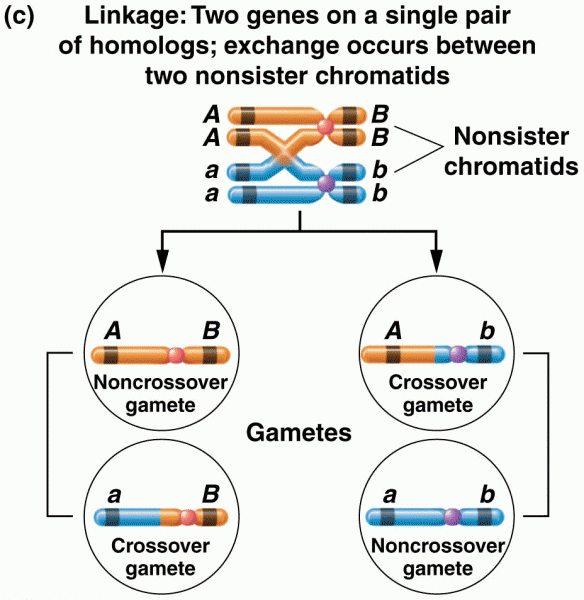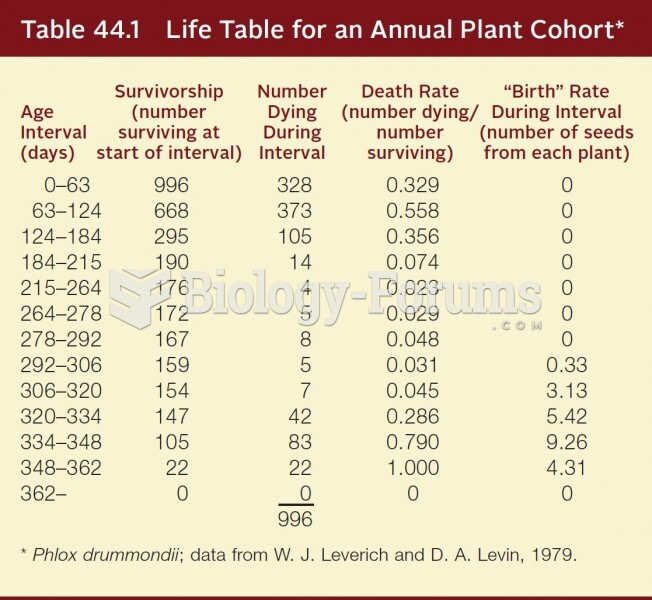Answer to Question 1
At this exchange rate residents of the United States would still find paper in Mexico relatively expensive. The reason is that one ream of it in the United States costs 1 . However, at prevailing exchange rates that would not be enough to purchase an equivalent amount of paper in Mexico at 3 pesos. Residents of Mexico would find that paper in the United States is comparatively cheaper since it requires 3 pesos to purchase domestically but only 2.5 pesos to purchase it from the United States. With respect to plastics, residents of the United States face a domestic price of 4 . If they take their 4 and exchange them for pesos they will obtain 10 pesos in return. This will allow them to purchase more plastics in Mexico with the same amount of dollars domestically. However, residents of Mexico will find that their 8 pesos does not even purchase one metric ton of plastic in the U.S. They will purchase plastics domestically.
Answer to Question 2
A player can have a first-mover advantage in a game that is played sequentially rather than simultaneously. The sequential game features a first-mover advantage if, in equilibrium, the first mover earns more benefits than the second mover. However, not all games will have a first-mover advantage. A commitment is an action that one cannot turn back on later, even if it is costly. Using backward induction, we can choose the strategy that is optimal given the other player's actions. However, a commitment device would be needed to ensure that the other player sticks to his or her strategy when push comes to shove.
a. No. You will choose either rock, paper, or scissors. Your opponent will see your move, and she can take advantage of your decision when it is her turn.
b. Yes. The firm that goes first can enter; the firm that goes second will then have no incentive to enter.







